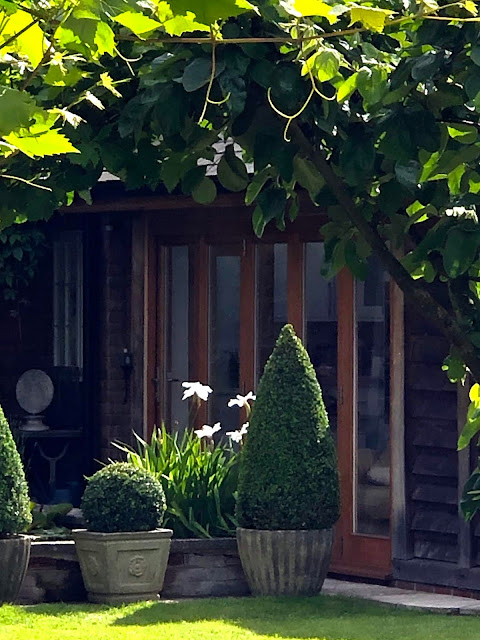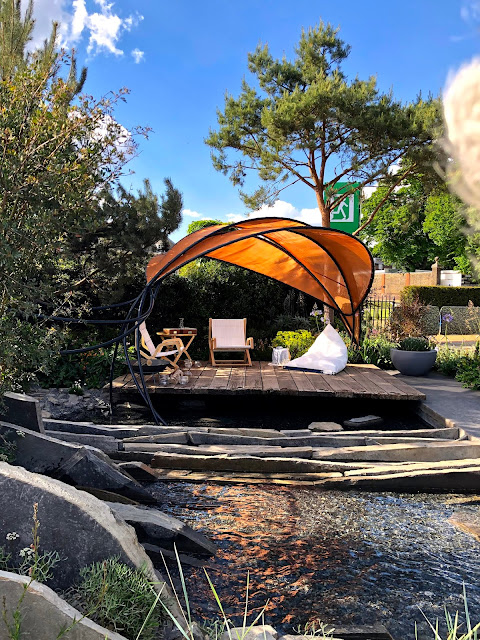 |
| Crop circle, Littleton, Winchester 3rd June 2019 |
There is added fascination for me in that the area where I live in Hampshire appears to be the epicentre of crop circle activity. Lucy Pringle's book pictures them in Chilbolton (next to the radio telescope), and many nearby in Wiltshire. In fact, one of her observations is that they appear in places of known power and significance, which encourages those who believe that their origin must be extra-terrestrial.
 |
| The 'Stonehenge Fractal' (1996) - one of the very few formations to have appeared during daylight hours. |
 |
| A crop circle known as 'Ribbons' appeared opposite Stonehenge on 4th July 2002 |
 |
| Crop circle in Froxfield, Wiltshire (22nd July 2003). This herringbone lay of the wheat is most unusual. No seed heads have been damaged in the process, a feature of all genuine crop circles. |
 |
| The extraordinary formation at the Chilbolton Observatory (14th August 2001) is apparently in the form of a computer chip. |
 |
| The most recent crop circle was found at Danebury in 1st July 2019 and appeared overnight, with the characteristics typical of all genuine ones. |
 |
| Crop circle near Avebury, Wiltshire (29th July 1996) |
 |
This formation consists of 189 circles and shows incredible mathematical precision. A series of perfect equilateral triangles extend to the perimeter. A crop circle appeared on the 1st of June in 2008 in a barley field near Barbury Castle in Wiltshire, England, measuring 150 feet in diameter and correctly representing the first 10 digits of the irrational constant pi. If you look at figure 1, you will notice that the grooves in the circle spiral outwards with steps at various points along the way. Taking a look now at figure 2, you will see that these steps occur at particular angles — the circle is divided into 10 equal segments of 36 degrees each. Starting at the centre, you can see that the first section is 3 segments wide. Then there is a step and underneath this step is a small circle. This is the decimal point. The next section is 1 segment wide and then there is another step. The following section is 4 segments wide, and so on until the final number encoded is 3.141592654. Michael Reed, the astrophysicist who first decoded the image, is quoted on earthfiles.com as saying: "The fact that the Pi decimal point is included and there is rounding up to 10 decimal places is to me a little mind boggling!"
Since the beginning of July 2019, many more crop circles have been reported in this immediate area, but I have not reproduced their photos as they all share the same characteristics namely:
1. They are geometrically perfect.
2. The stalks have not been bent by mechanical means but heated from within and laid.
3. There are no broken heads of grain to be found, meaning that no one has trampled them.
It would be best if every each crop circle report to be accompanied by an analysis of these factors before we get too excited and are disappointed by another seeming hoax.
|


























